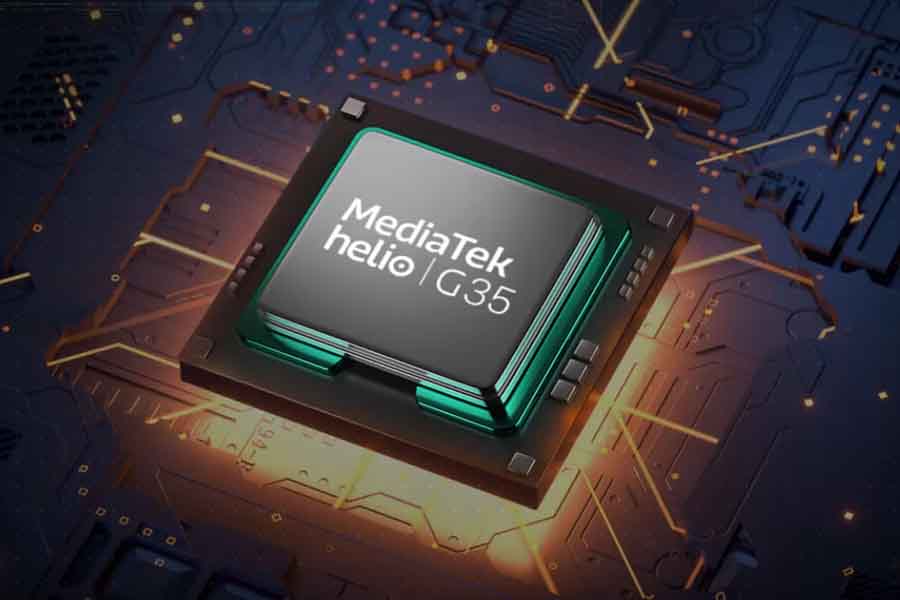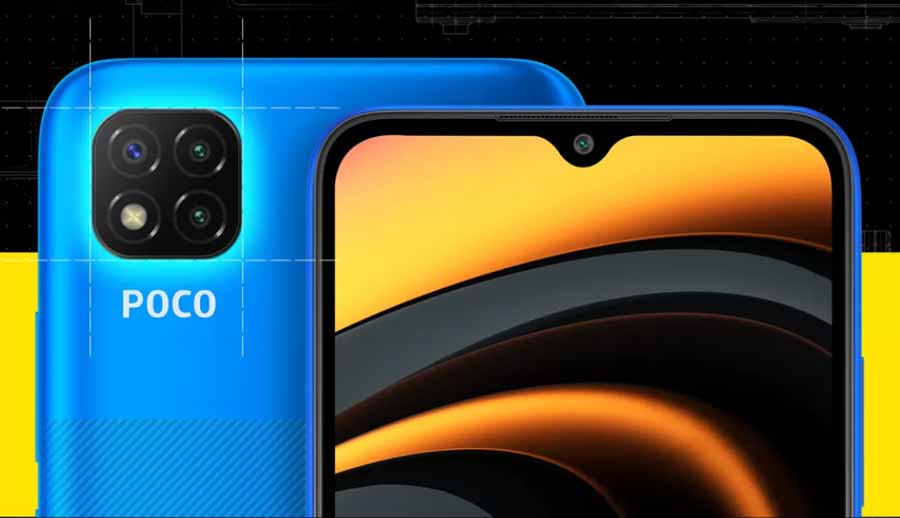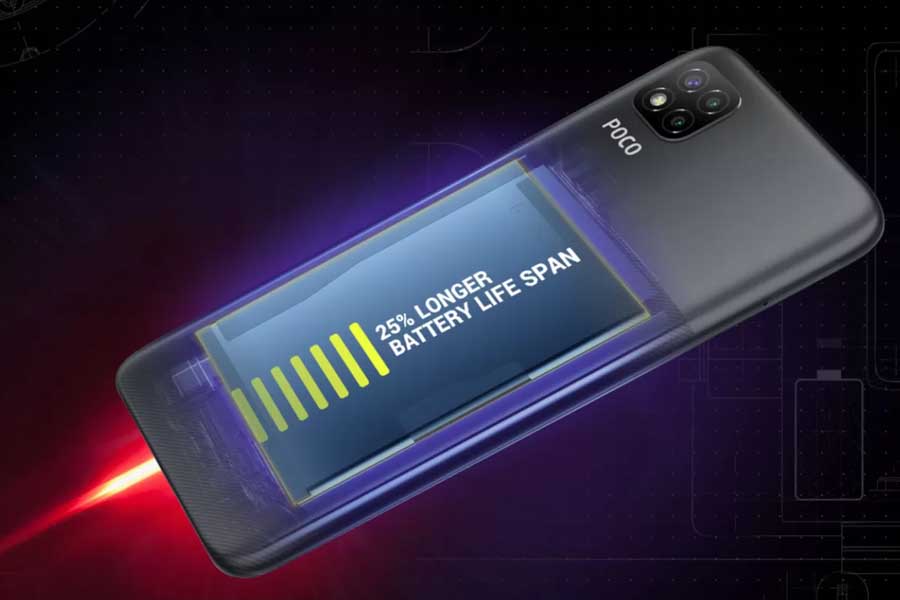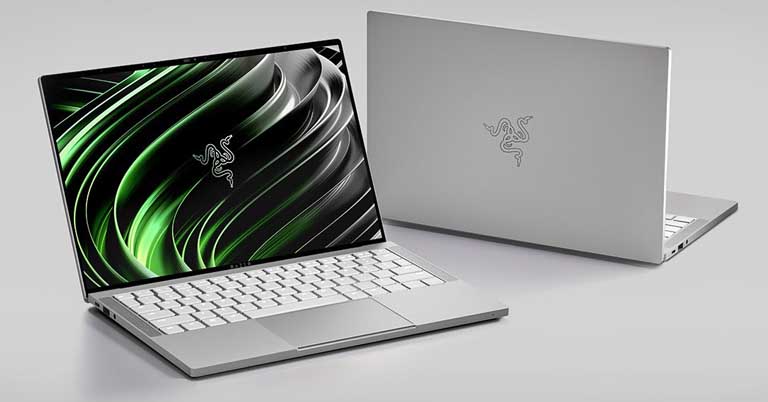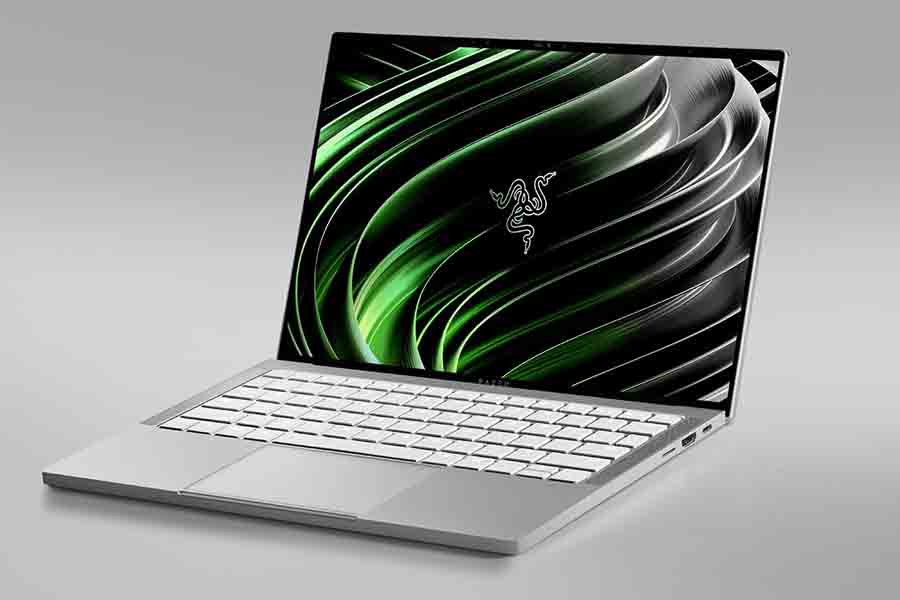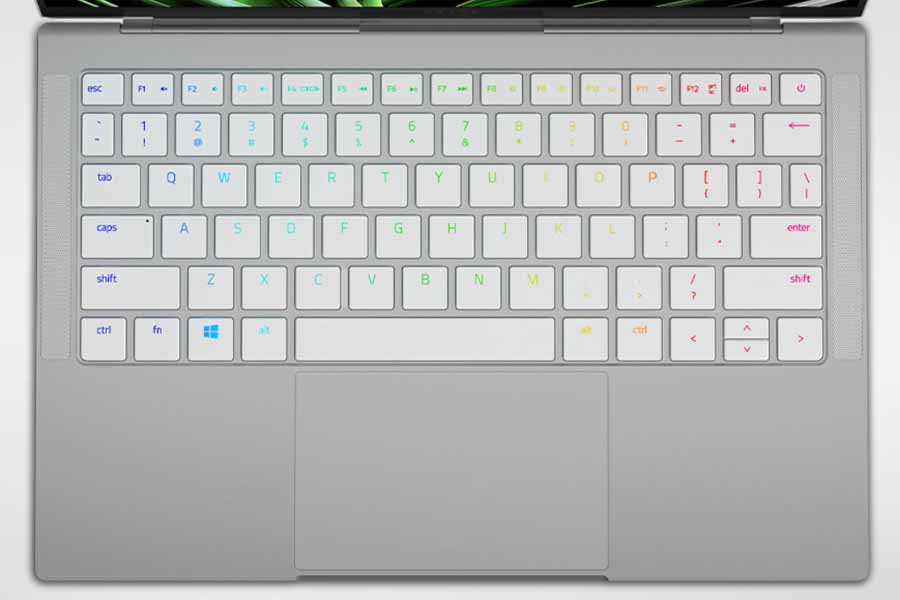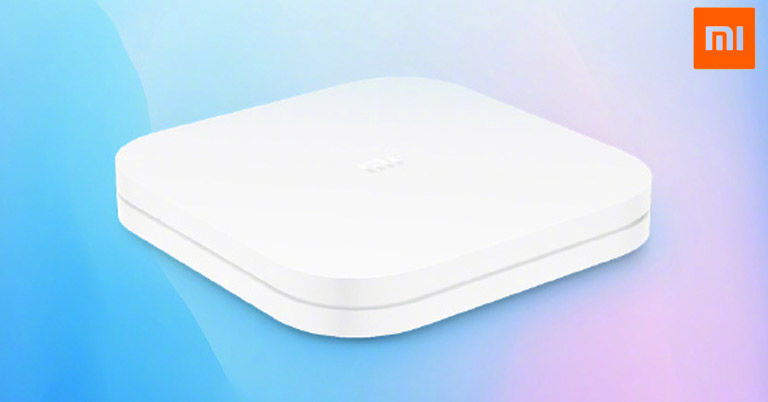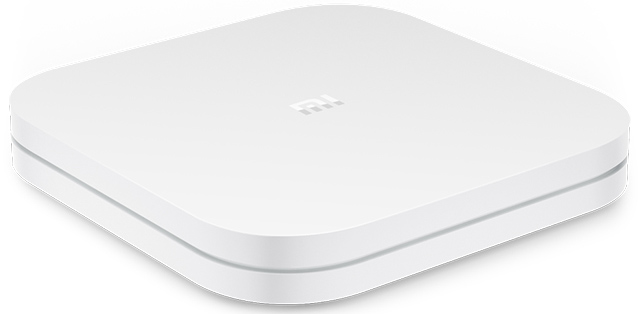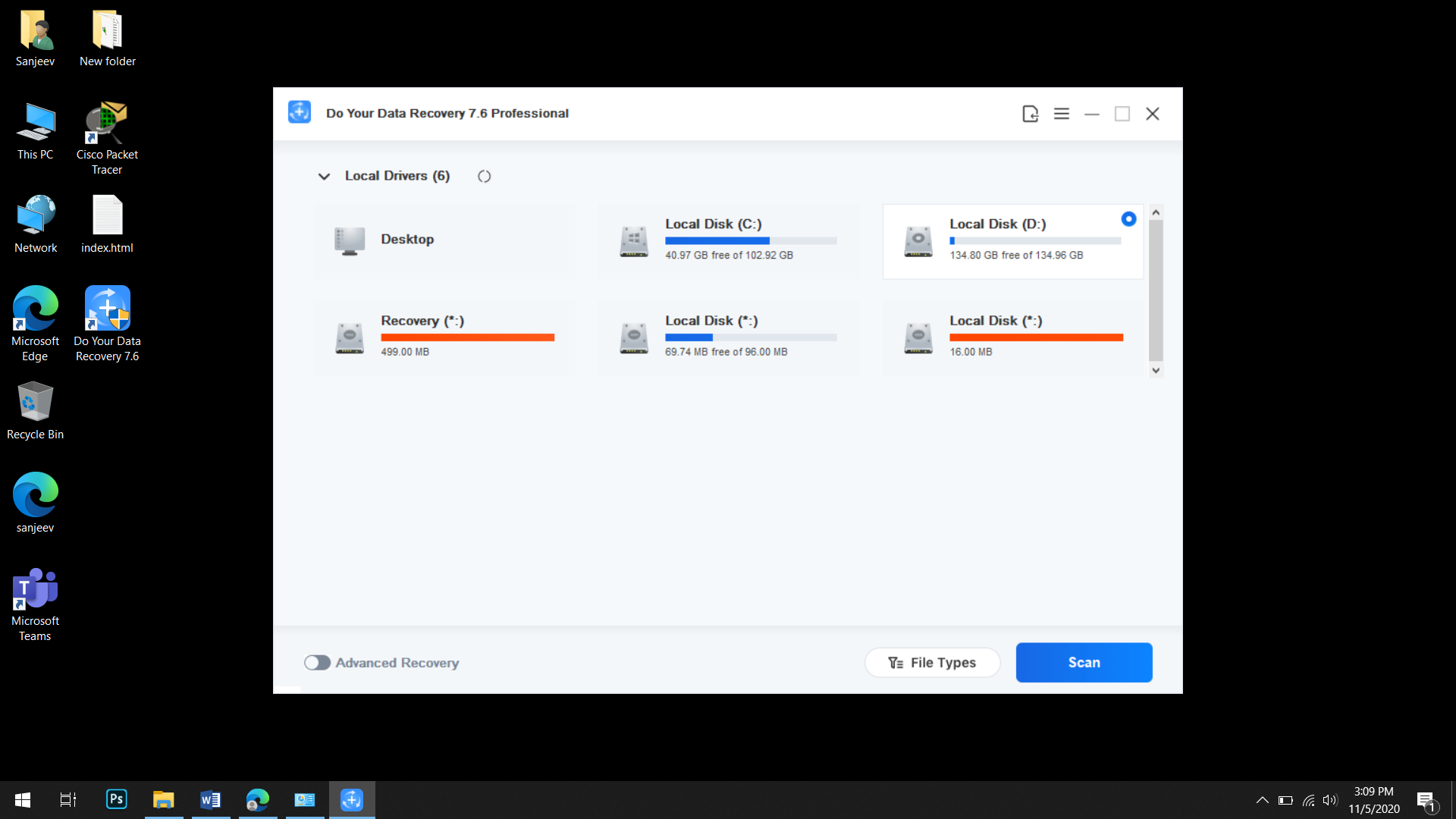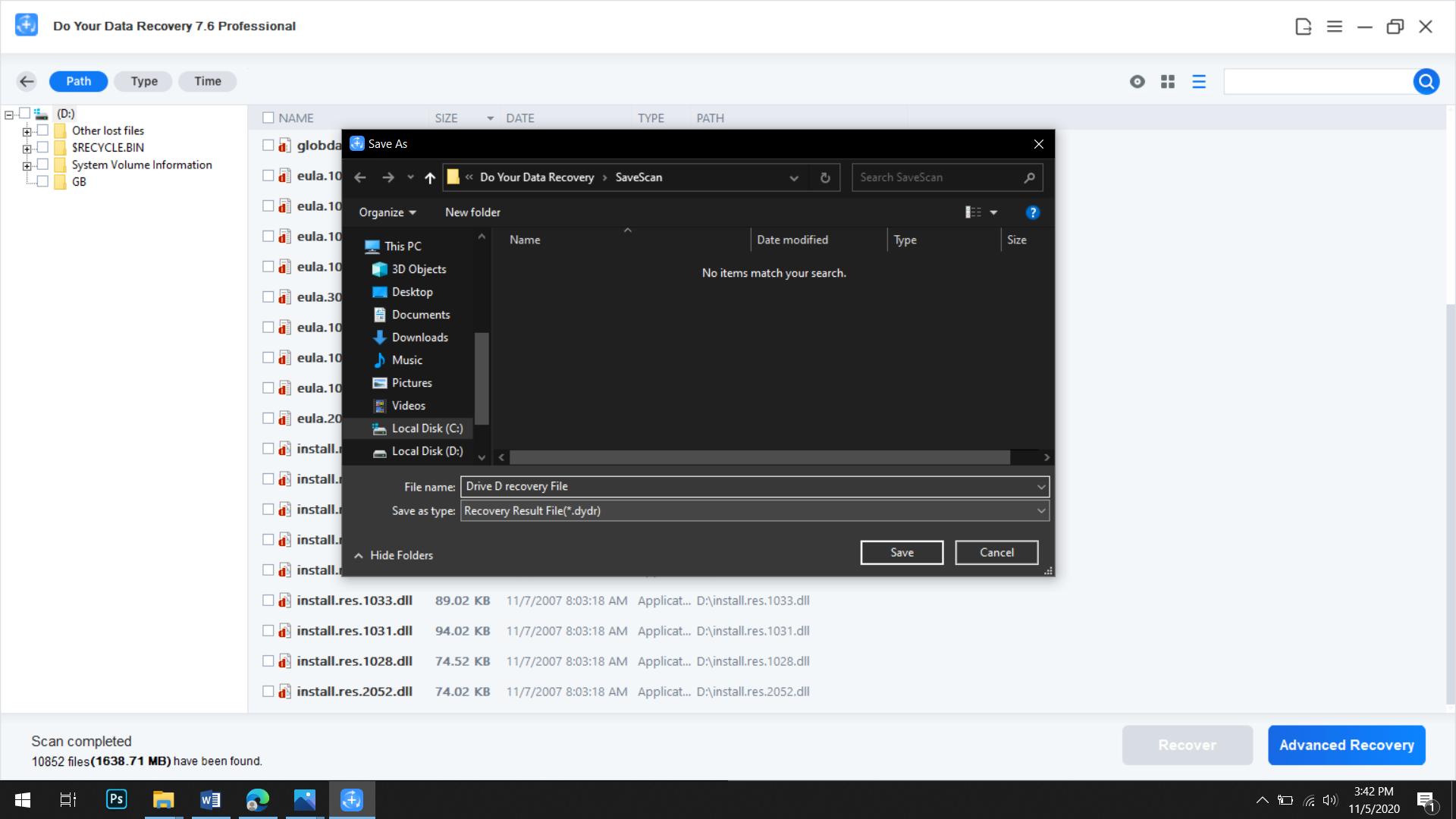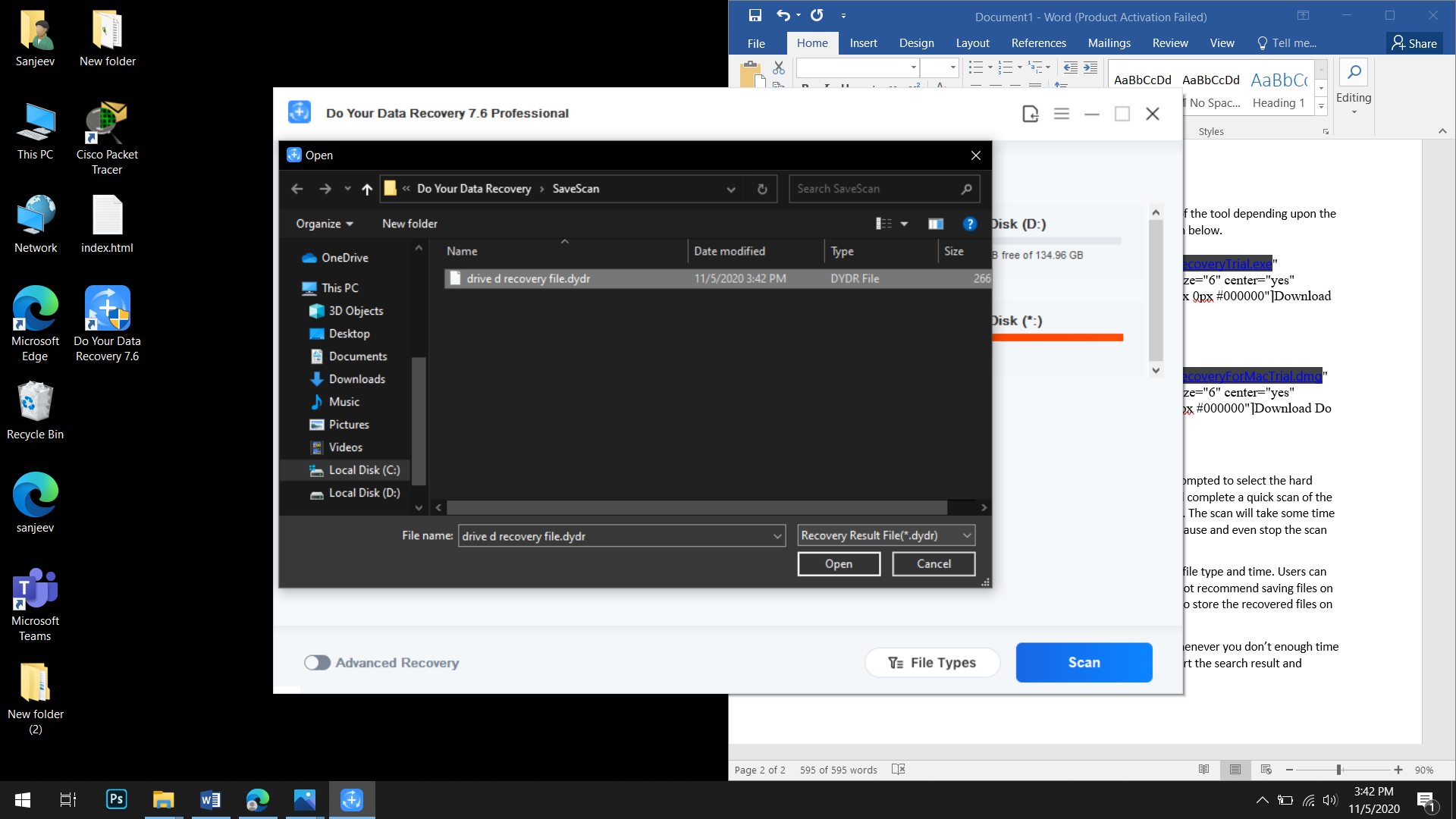Vivo isn’t the first company that comes to mind when asked which OEM comes up with the best value-oriented smartphones. Because its offerings have traditionally ranked performance below good looks and better cameras, the aforementioned response seems reasonable. Having said that, this formula has undoubtedly worked for Vivo as it manages to enter the charts of the highest smartphone selling brands every quarter. So, obviously, what the company is doing—is working. And today, I have the new Vivo V20 in for review.
Vivo V20 Specifications:
- Body: 6.35 x 2.92 x 0.29-inches, 172gm
- Display: 6.44-inches AMOLED panel, 60Hz Refresh Rate, 83.70% screen-to-body ratio, 409 PPI
- Resolution: FHD+ (2400 x 1080 pixels), 20:9 aspect ratio
- Chipset: Qualcomm Snapdragon 720G (8nm mobile platform)
- CPU: Octa-core (2×2.3 GHz Kryo 465 Gold & 6×1.8 GHz Kryo 465 Silver)
- GPU: Adreno 618
- RAM: 8GB LPDDR4x RAM
- Storage: 128/256GB UFS 2.1 internal storage (expandable)
- Software & UI: FuntouchOS 11 on top of Android 11
- Rear Camera: Triple-camera;
– 64MP, f/1.89 primary sensor, Motion AF, Eye AF, Body/Object AF
– 8MP, f/2.2 multi-function lens (wide-angle, macro, bokeh), 120º FOV
– 2MP, f/2.4 monochrome sensor
– Dual-LED flash - Front Camera: 44MP, f/2.0 lens (notch), Eye AF
- Security: In-display fingerprint scanner (optical)
- Audio: 3.5mm headphone jack, Bottom-firing speaker
- Connectivity: Dual-SIM (Nano), WiFi 802.11 a/b/g/n/ac (dual-band), Bluetooth 5.1, GPS / Glonass / Glonass / Beidou / NavIC (India-only) , USB Type-C, 4G LTE
- Sensors: Accelerometer, Ambient light, Proximity, E-compass, Gyroscope
- Battery: 4000mAh with 33W Flash Charge (11V/3A)
- Colors: Sunset Melody, Midnight Jazz, Moonlight Sonata
- Price in Nepal: Rs. 47,990 (8/128GB)
Vivo V20 Review:
Design
- Glass back, glass front, plastic frame
- Slim and lightweight build
- Fingerprint-resistant back panel
- Enticing color tones
What is easily one of the most alluring mid-range smartphones I’ve ever seen or had the opportunity to review, the Vivo V20 is actually so much more than that. But let’s talk about the design for a minute. It’s gorgeous, it really is. Available in three color options altogether, fair to say that the Sunset Melody variant that I have with me is the best of the bunch.
Changing its hue, from golden to blue—ah, this gradient finish is mesmerizing.
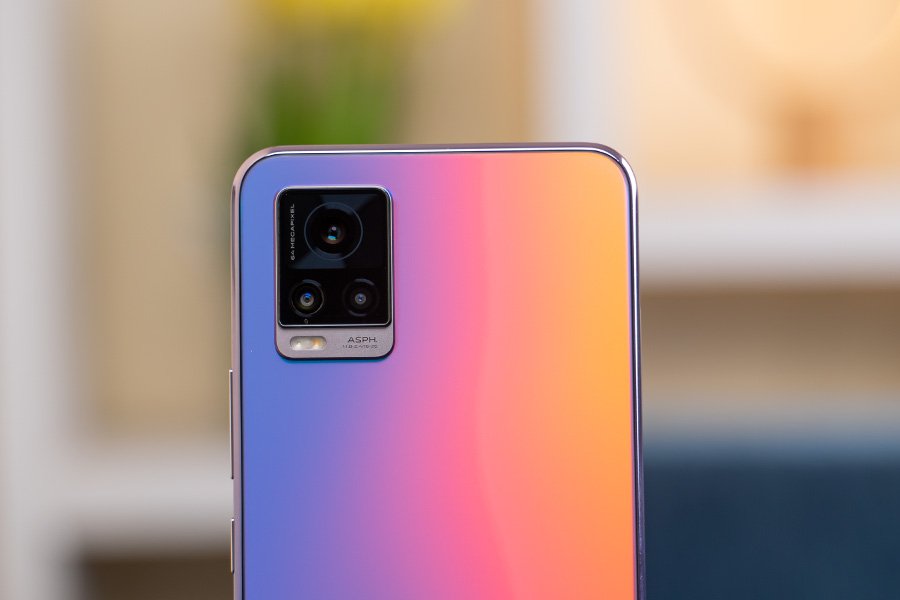
And the matte glass back is all the rage as well. This AG (Anti-Glare) matte glass also makes for an exceptional grip and the phone is surprisingly not as slippery as one might think. Furthermore, the back is resistant to scratches, whereas the AF (Anti-Fingerprint) coating gets rid of most of the smudges that you would normally. And the ones that do manage to make their way on the panel can be taken care of with one swift wipe.
Similarly, the rectangular rear camera module at the back is something to talk about too. With its dual-layer structure for the sensors and the dual-LED flash, the V20 will wobble when placed on a flat surface. But all’s well by slapping in the clear case that comes inside the box. However, this thing is so darn pretty that it’s a pity that one would have to put on a case. Anyway, the phone has a plastic frame with a glossy finish, although something a little more subdued would’ve been my ideal choice.
Textured power button
On the right, you’ll find the power and the volume buttons. Interestingly, the power button is also textured, so you can always tell when you have your finger on it. Moreover, the buttons are incredibly well-placed and I could therefore easily reach them with no trouble. The top frame stays clean while the left side houses a SIM tray which can take two SIMs alongside a micro SD card. Finally, there’s a 3.5mm headphone jack, a USB-C port, and the speaker grille at the bottom.
All of this is packaged into a slim, lightweight body with a subtle 2.5D curve through the edges. Vivo V20’s weight distribution is excellent as well so… it looks like Vivo has nailed the design side of things on this phone. Only one other thing I wish it had was an IP rating of sorts seeing how the much cheaper POCO X3 manages to include an IP53 certification.
Display
- 6.44-inches FHD+ AMOLED panel
- No Gorilla Glass protection
- Standard 60Hz refresh rate
Moving to the front, the phone has a 6.44-inches FHD+ AMOLED display. This is neither compact nor too big to be absolutely unpocketable which is another major win for the Vivo V20 I’d say. Still, the company could’ve definitely worked to bring down the bezels because frankly, they disturb the harmony of the phone’s overall aesthetics. Minimizing the considerably large chin and the bezels on the other sides would’ve been absolute icing on the cake.
Anyway, it’s quite odd that Vivo has gone with a traditional teardrop notch instead of how the cool kids on the block are rather going with a minimalistic punch-hole cutout. With this, Vivo V20 manages to achieve a relatively meager 83.7% screen-to-body ratio. And seeing how the company was arguably a pioneer in introducing innovative motorized mechanisms in its earlier V-series of smartphones, this feels like a blatant letdown.
Disregarding all of these, the display is excellent in itself. Since it’s an AMOLED panel, you will be able to enjoy darker darks and brighter whites thanks to the incredible 2 million:1 contrast ratio.
Likewise, the phone’s display is completely flat with rounded edges on all four sides. Also, it comes with a screen-protector pre-applied—which is always something nice to have. But that feels more like a mere compensation for the lack of a Gorilla Glass protection of any kind, than a cost-saving luxury to the users. Furthermore, V20’s display is also the house to an optical in-display fingerprint sensor.
Fingerprint, face unlock
It does demand a little bit of pressure to get it working but once you do, it works almost every time. The sensor is pretty fast and on a few occasions, I was surprised to see it work even when my finger was a little wet. You can also opt for face-unlock as your go-to biometrics option. Despite not being secure enough, it is respectably fast.
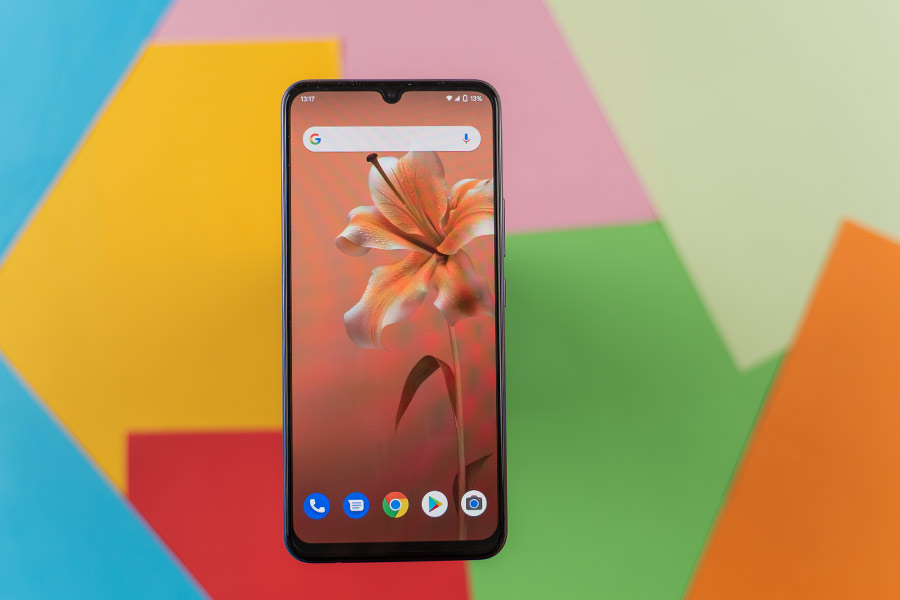
Talking about the core panel itself, everything’s A+ here—although a higher 90/120Hz refresh rate would’ve been even nicer. I didn’t notice any sort of discoloration around the edges of Vivo V20 either. The colors are vibrant and the screen can get plenty bright even when you’re in a brightly lit environment. Compared to the OnePlus Nord, the color scheme of the Vivo V20 in its default setting is slightly cool, but maybe that’s the other way around. The Nord’s panel is a little warmer. But, you can mess around with the color levels in the settings.
The “Professional” color mode, in particular, caught my eye. To my surprise, watching sitcoms under this option with moderately muted hues was quite fun. Objects and the human subjects looked a lot more natural and easy on the eyes. So yeah, that’s neat.
Performance
- Octa-core Qualcomm Snapdragon 720G (8nm)
- 8GB LPDDR4x RAM with 128/256GB internal storage (expandable)
While V20’s design and display are pretty stellar, if the history of Vivo is any indication, its performance wouldn’t follow suit. And in the strictest sense of words, that is still true. For instance, let’s take a look at a couple of similar-priced smartphones. The OnePlus Nord comes with a more powerful Snapdragon 765G SoC with an integrated 5G modem, whereas the Realme X3 comes with last year’s flagship SoC, the Snapdragon 855+.
Vivo V20 Benchmarks:
- Androbench
- Sequential Read: 501.27 MB/s
- Sequential Write: 216.97 MB/s
- AnTuTu V8: 280,294
- CPU: 101,857 | GPU: 72,094 | Memory: 52,837 | UX: 53,506
- Geekbench 5
- CPU: (Single Core: 555 | Multi-core: 1,713)
- Compute: 1,174 (Vulkan API)
- PCMark: 6,939 (Work 2.0 Performance)
- 3DMark:
- Wild Life: 1,062
- Sling Shot Extreme (Vulkan): 2,452
Yep, Vivo V20’s Snapdragon 720G most certainly doesn’t compare against the competition—especially the Realme X3. Albeit comparatively underpowered, the V20 didn’t disappoint me in my day-to-day usage. Paired with 8GB of RAM and either 128 or 256GB of storage, memory on this phone wasn’t an issue either. But for some reason, I occasionally noticed how app installation takes a bit longer to complete.
Gaming
When it comes to gaming, the phone maxes out at the “High” frame rate and “HD” graphics in PUBG Mobile. And here, I didn’t notice any major stutter or lag, even though the way the game renders graphic elements feels a little weird. Other than that, the gameplay is pretty solid with an average of 40-45fps. On the other hand, OnePlus Nord can push to Ultra frame rate and HDR graphics—a tier above what the Vivo V20 can do.
Similarly, I also played Call of Duty Mobile for my review of the Vivo V20. It can be cranked up to Max frame rate and High graphics and the gameplay is extremely smooth. Other relatively lightweight games like PES 2021, Injustice 2, Clash Royale, etc. run without a problem either. And the heat management on Vivo V20 is fairly impressive as well, even though it doesn’t have a dedicated vapor chamber liquid cooling like its Pro sibling. The phone does get a little warm after about half an hour or more of gaming, but it cools off pretty quickly.
Software
- Funtouch OS 11 based on Android 11
- The first phone in Nepal to ship with Android 11 out-of-the-box
Now, if you’ve read/watched our review of any Vivo smartphone in the past, you’ll remember how we’ve spoken critically of its software. Vivo’s custom skin to Android—Funtouch OS, has always received harsh words of criticism, and deservedly so. But surprise-surprise, the latest Funtouch OS 11 based on Android 11 is ridiculously good. I mean, crazy good. It’s almost a complete overhaul from the previous version and to my liking, Vivo has heavily leaned into a stock Android look and feel, while being inspired by OnePlus’ Oxygen OS.

The phone has Quickstep as its default launcher and almost every other default apps are supplied by Google. While looking a lot like stock Android, Funtouch OS 11 sort-of manages to overcome one major criticism of its inspiration—about how drab or boring stock Android can get. There is a lot of customization, and helpful ones at that too.
Uninterrupted gaming experience
For instance, there’s the new Ultra Game Mode which optimizes system resources, blocks notifications, and better gameplay. There’s also a sweet shortcut where you can shake the phone to active the torch, just like on Motorola phones (but doesn’t turn it off… huh?). And because it is based on Android 11, you can enjoy different Android 11 exclusive features like Bubbles, built-in screen recording, etc.
Weird enough, the revamped power menu on Android 11 takes abnormally long to activate on this phone. I was also impressed with this feature called “Wisdom Engine”. What it does is give a notification whenever an app(s) consumes a more-than-usual level of the battery in the background, and you can choose to end its process. On top of the visual overhaul, it’s little features like this, that has really made me admire Funtouch OS 11 on the Vivo V20 during my review.
In the more recent news, Vivo has officially confirmed Origin OS, which is supposed to be a complete redo of Funtouch OS. I can only hope that the upcoming Android skin from Vivo abides by the current version of Vivo’s Funtouch OS, and doesn’t try & do anything extravagant.
Cameras
- Triple-cameras at the back
- (64MP primary, 8MP multi-function, 2MP mono)
- 44MP front-facing camera inside the notch
Time to talk about the cameras. Vivo V20 has a triple rear-camera setup with a 64MP primary sensor that takes 16MP pixel-binned images by default. The 8MP multi-function sensor is responsible for wide-angle, macro, and portrait images, whereas the 2MP monochrome lens lets you take fun B&W photos & videos.
Normal Images
Here, the regular images from the 64MP sensor are great. They look vibrant with a hint of warm tone that looks pleasing to the eyes. Comparing it to the OnePlus Nord’s 48MP primary sensor, it’s neck-and-neck.
Both lenses take 4-in-1 binned images by default, and the photos look almost indistinguishable with comparable dynamic range. However, images from the V20 tend to have slightly better sharpness and are less riddled with noise.
Similarly, the detail preservation and color balance are also better on the V20. But once again, let me remind you, the difference I’m talking about is marginal to the core.
Taking a look at the respective high-res shots from the two phones, one can clearly see how Vivo V20’s 64MP lens is capable of taking sharper, clearer images with incredible details.
Wideangle Images
The wide-angle images are similar on the V20 and Nord too.
Still, the latter maintains better highlights and has a wider dynamic range, while the Vivo V20 manages to generate photos with punchier colors like before.
Portrait Images
Moving on to the portrait shots, it’s a little daunting to see how the bokeh effect on the OnePlus Nord looks… unsettling. As you can see in these samples, subjects tend to look abnormally dark, although they don’t look as overprocessed & smooth like on the V20.
Similarly, the saturation is a little high on the V20 in comparison, but that could align with what one prefers. Personally, I’d take the smooth & punchier portraits from the Vivo V20 over the ghastly ones from the Nord any day—and this sentiment remained constant throughout the review period.
Selfie Images
Coming to the front, Vivo V20 equips a 44MP selfie camera with eye AF, whereas the opposition has a dual-selfie-camera setup consisting of a 32MP primary and an 8MP ultra-wide lens.
V20 is a clear winner in terms of regular selfies as its background exposure is miles ahead and the photo looks lively with a warm color tone. Thanks to eye AF, the phone manages to lock focus quickly and the selfies come off looking pretty sharp as well. Portrait selfies, on the other hand, are alike on V20 & the Nord in terms of the bokeh effect and the overall image quality.
Nighttime Images
Let’s take a look at the nighttime images now. Here, the superior Spectra 355 ISP of the OnePlus Nord shows what it’s capable of.
As evident from these shots, both normal nighttime & the night mode images on the Nord have better sharpness with minimal noise.
This doesn’t mean the night shots are terrible on the V20 as it does have better colors and one can even say that the highlights are better maintained on it.
OnePlus Nord also wins out on wide-angle night mode images since V20’s results look a bit hazy.
Videos
Video-wise, the Vivo V20 can shoot 4K/30fps recordings from both front and rear cameras, and you can take videos from the wide-angle camera as well. It also has gyro-EIS on both lenses. While minimizing your field-of-view to the extreme, oddly enough, “Super Anti-Shake” mode from the back camera maxes out at 1080p/50fps, whereas the “Steadiface” mode on the selfie camera can be tuned to 4K/30fps.
The videos turn out well stabilized on the aforementioned resolution, so that’s nice. Making use of the 2MP monochrome lens, you can also shoot fun photos & videos where the subject stays in color while the background turns black-in-white. Throughout the review, I personally didn’t find these features of the Vivo V20 that enticing, to be honest. There’s also the option to take bokeh videos, and the dual-video mode lets you record footage from both selfie, and/or primary, wide-angle lens. All in all, the Vivo V20 is a capable camera smartphone for photos as well as videos.
Battery
- 4000mAh battery with 33W Flash Charge
Getting to the battery, the phone equips a moderate 4000mAh cell. On paper, that doesn’t seem very impressive, I know. But, you’d be surprised to learn that I consistently managed to get 7–8 hours of screen-on-time on the Vivo V20 during my review. Normally, I’d have the phone at about 50–60% brightness with Always-on Display turned off, and my usage mostly consisted of gaming, binging YouTube, and switching between multiple social-media apps. So, suffice to say, the V20 can easily last you a day, with plenty of juice to spare.
Also, the overnight battery drain on the phone is pretty minuscule as I recorded a loss of about just 1–2% every day. When it comes to charging, the phone supports 33W FlashCharge which is super fast, adequately fast, I would say. At 1% juice remaining, I charged the phone and got to 50% in just 24 minutes. Similarly, Vivo V20 climbed to 80% in 42 minutes, and to the complete 100% in 1 hour and 3 minutes.
Audio
- 3.5mm headphone jack, Single bottom-firing speaker
- Wired headphone provided inside the box
In terms of audio, call quality on the Vivo V20 is great—no complaints there. The single bottom-firing speaker isn’t that impressive though. I mean, it is good enough for listening to podcasts and such, but don’t expect to enjoy any sort of deep bass or rich details from these speakers.
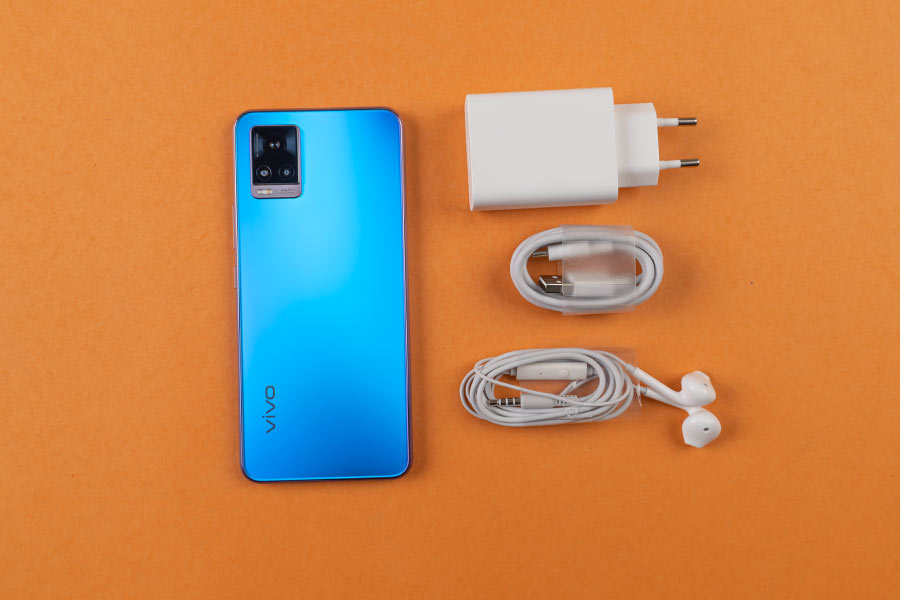
Vivo also ships a wired earphone inside the box. The ear tips are shaped like Apple’s classic AirPods and there’s also a microphone and a playback control button. Its audio is decent—loud enough, with a fair amount of bass and details, although nothing mind-blowing.
Conclusion
In conclusion, the V20 is a classic mid-range Vivo phone, done better—to the point where it almost makes perfect sense for the mainstream consumers. The keyword here being “almost” since the onboard Snapdragon 720G isn’t the ideal silicon for the price that Vivo’s asking for the phone. But that has always been an Achilles heel in the company’s portfolio—and one that it tries to make up from the phone’s other aspects like design and camera.
Well, the question remains, “has this tradition been executed to perfection on the Vivo V20?” The answer is going to vary a lot. To reiterate, the phone would’ve been an absolute steal had the company gone with Snapdragon 765G instead. Besides better performance, its inherent 5G capability is a big point in the bank at a time when the shipment of 5G smartphones is seeing a massive rise. Also, the regular 60Hz refresh rate and the teardrop notch feel like a big swing-and-a-miss on the V20. But if you can look past that and appreciate its design, camera prowess, and more, I feel like the Vivo V20 is an exciting device, and something worth checking out.
- Watch our video review of the Vivo V20.
Vivo V20 Review: Pros & Cons
Pros:
- Beautiful design—an eye candy
- Excellent AMOLED display
- Funtouch OS 11 is simply too good
- Best cameras in the segment
- Surprisingly good battery life
- 33W Flash Charger inside the box
Cons:
- Not the best value for money
- Snapdragon 720G isn’t that powerful
- No higher refresh rate (90/120Hz)
- Teardrop notch could be a turn-off to many


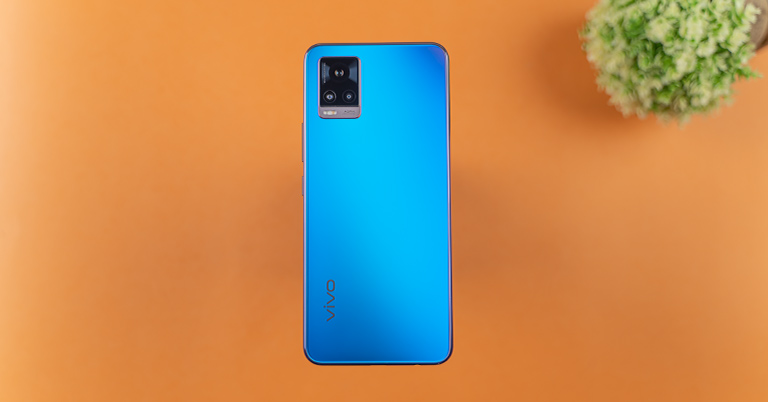
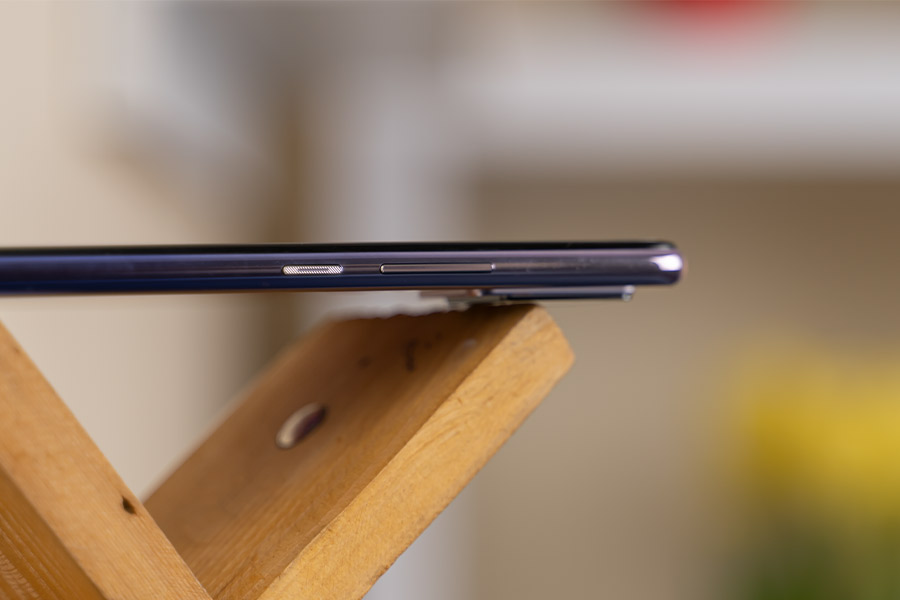
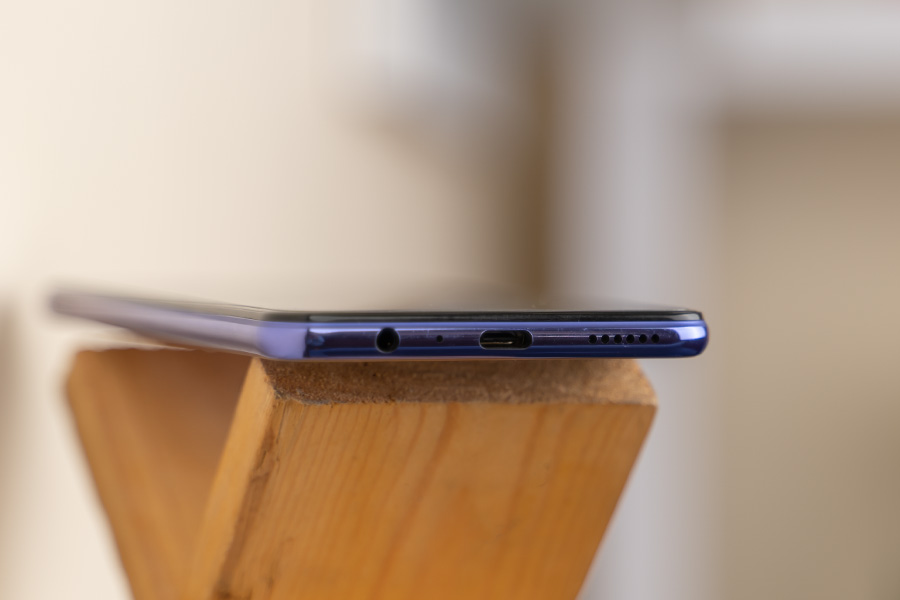
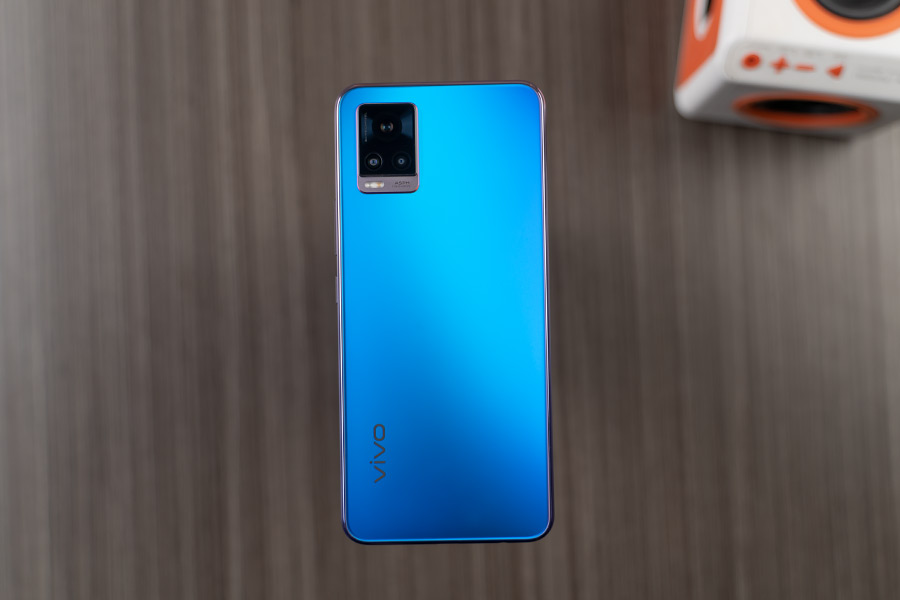
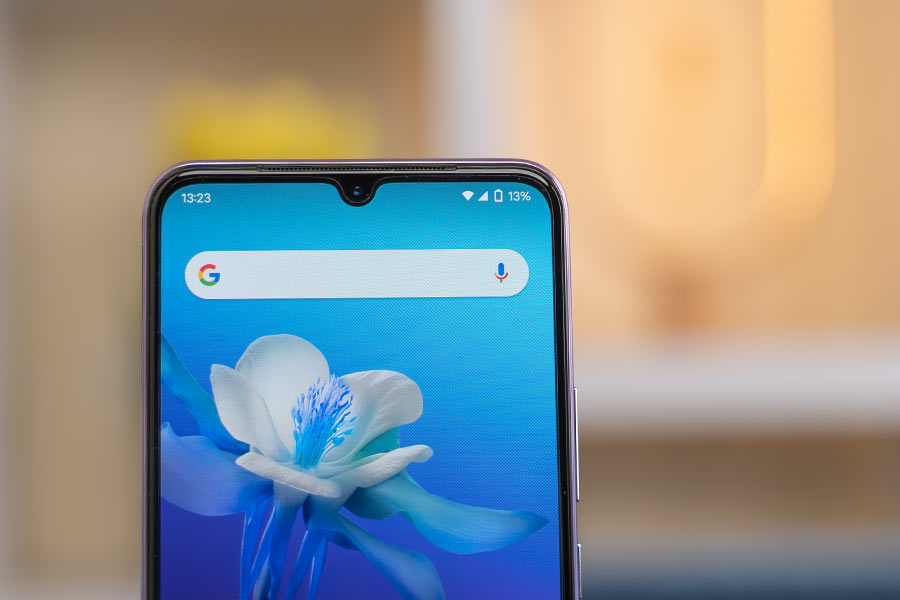

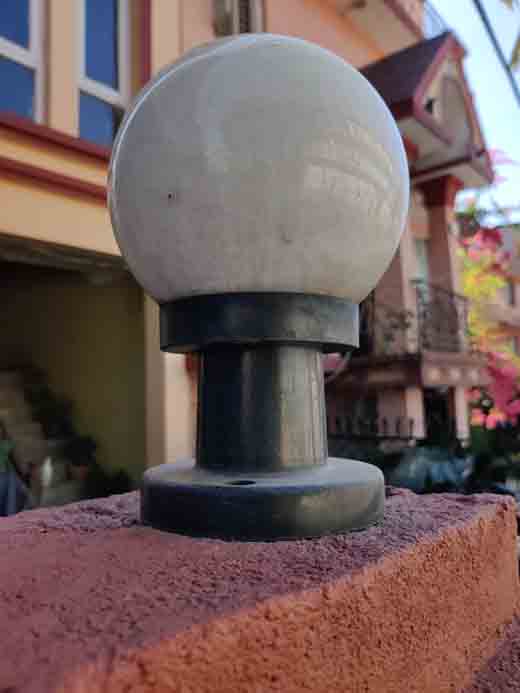










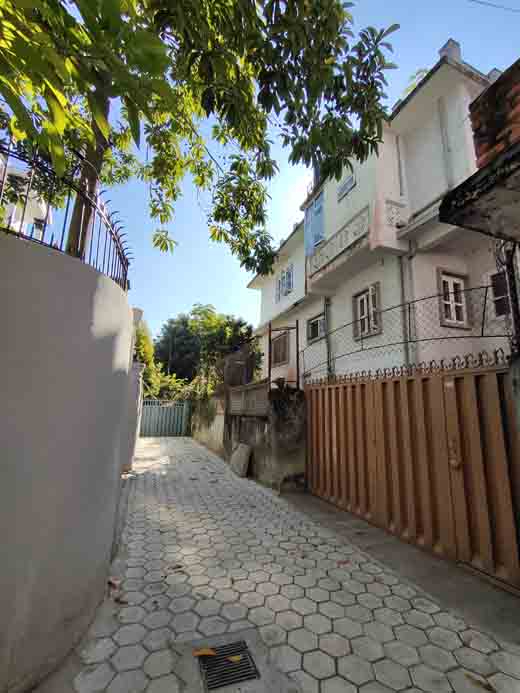
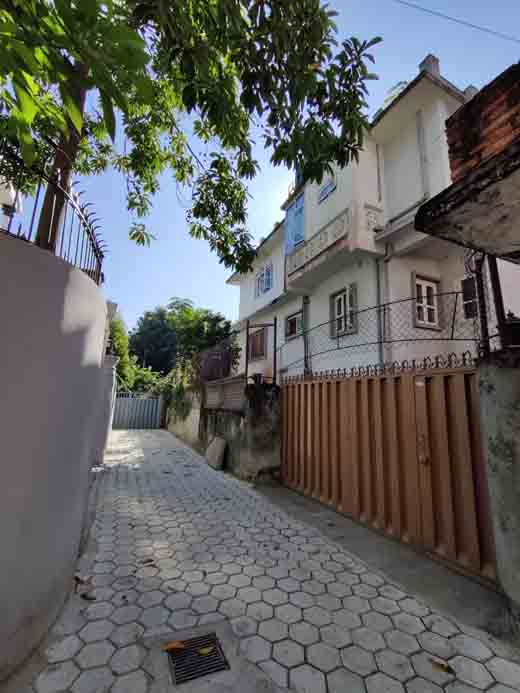
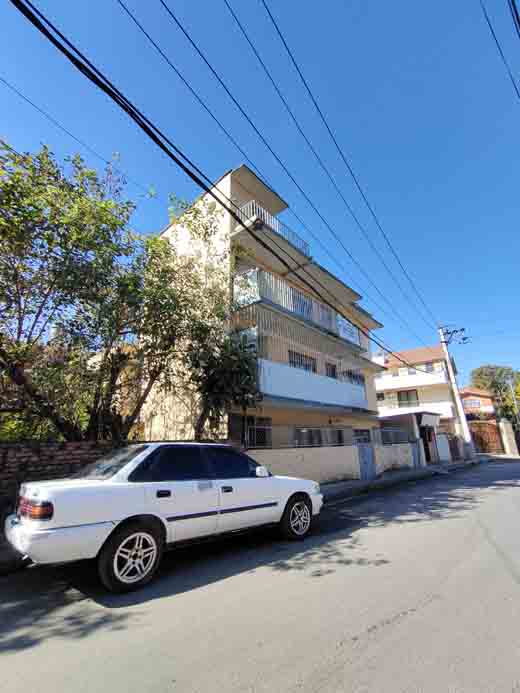















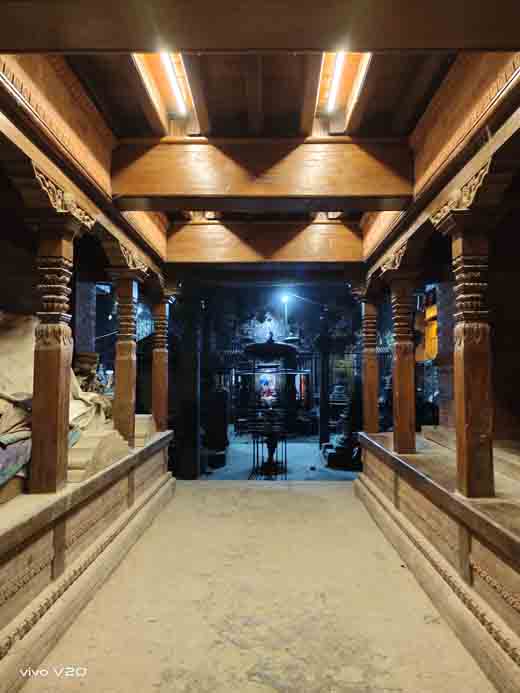











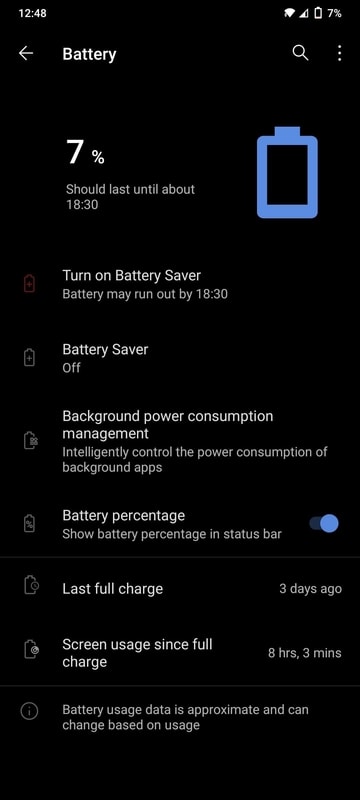
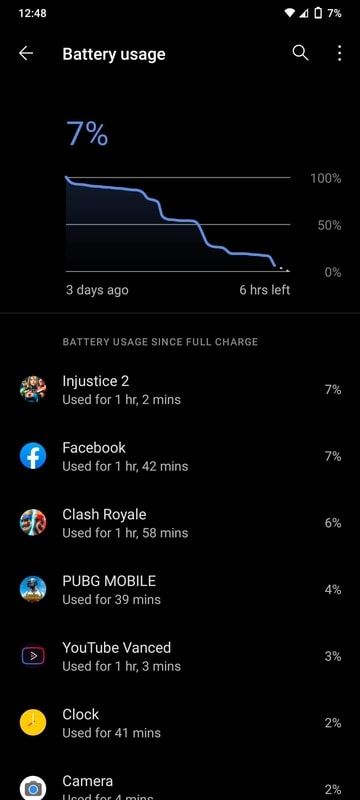
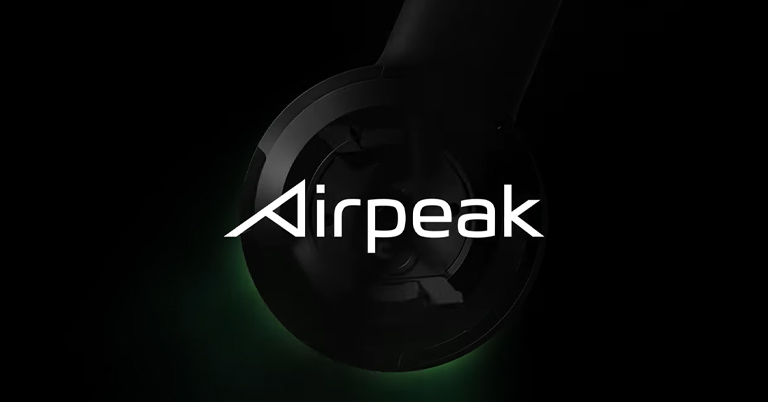
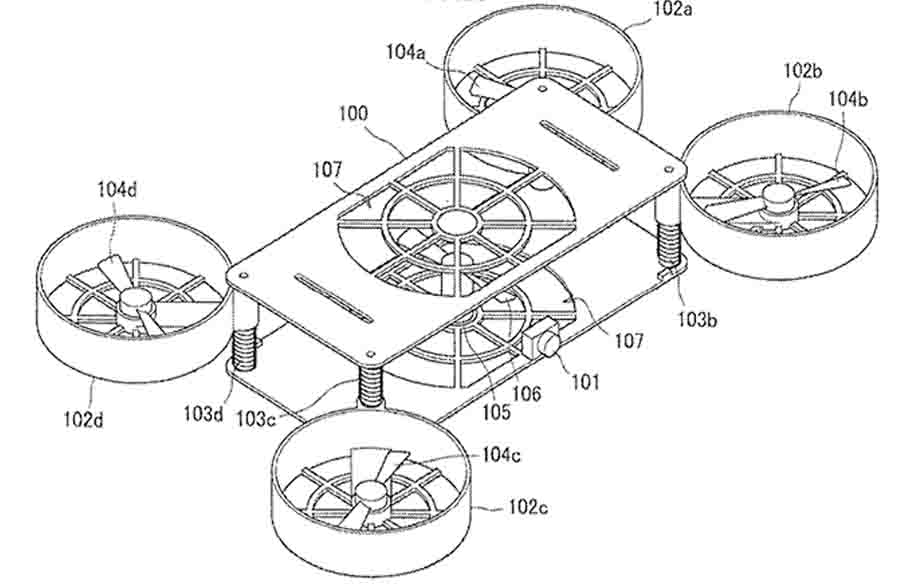





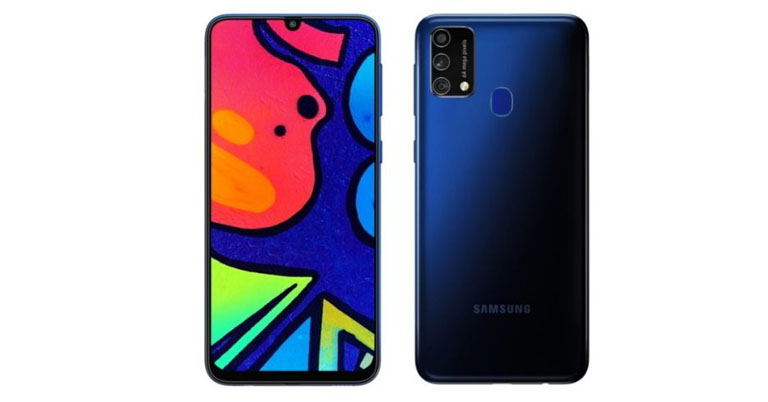

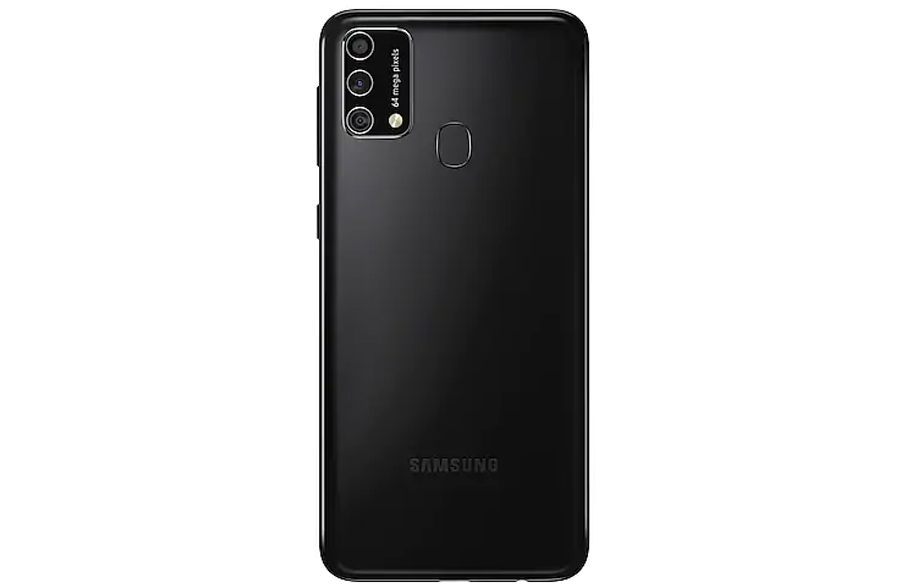
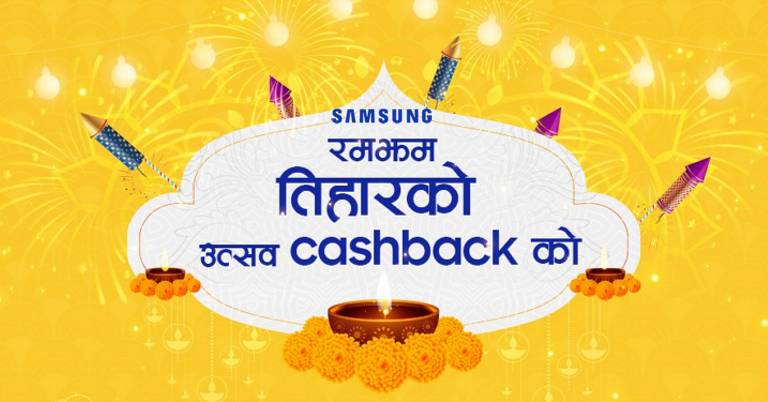
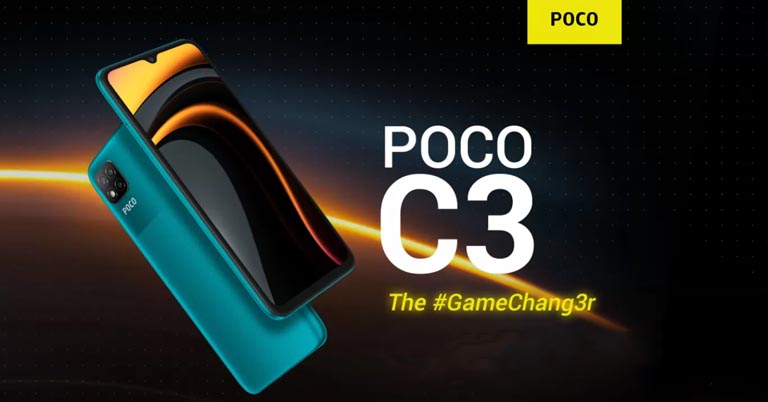
 Poco C3 features a 6.53-inch HD+ display. It sports a waterdrop notch to house the selfie camera. The panel sports an HD+ resolution and a tall aspect ratio of 20:9. The display on the Poco C3 is reading mode certified by the TUV Rheinland.
Poco C3 features a 6.53-inch HD+ display. It sports a waterdrop notch to house the selfie camera. The panel sports an HD+ resolution and a tall aspect ratio of 20:9. The display on the Poco C3 is reading mode certified by the TUV Rheinland.